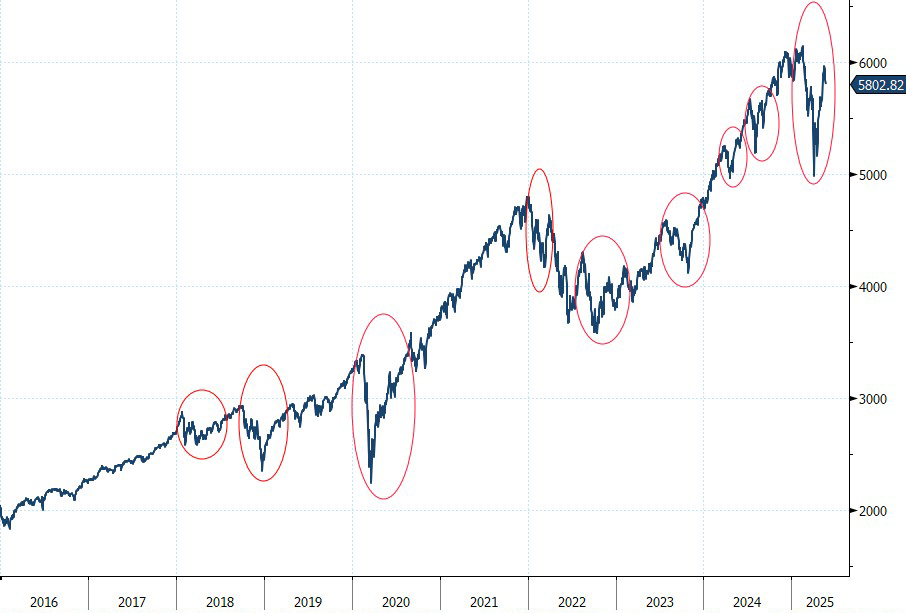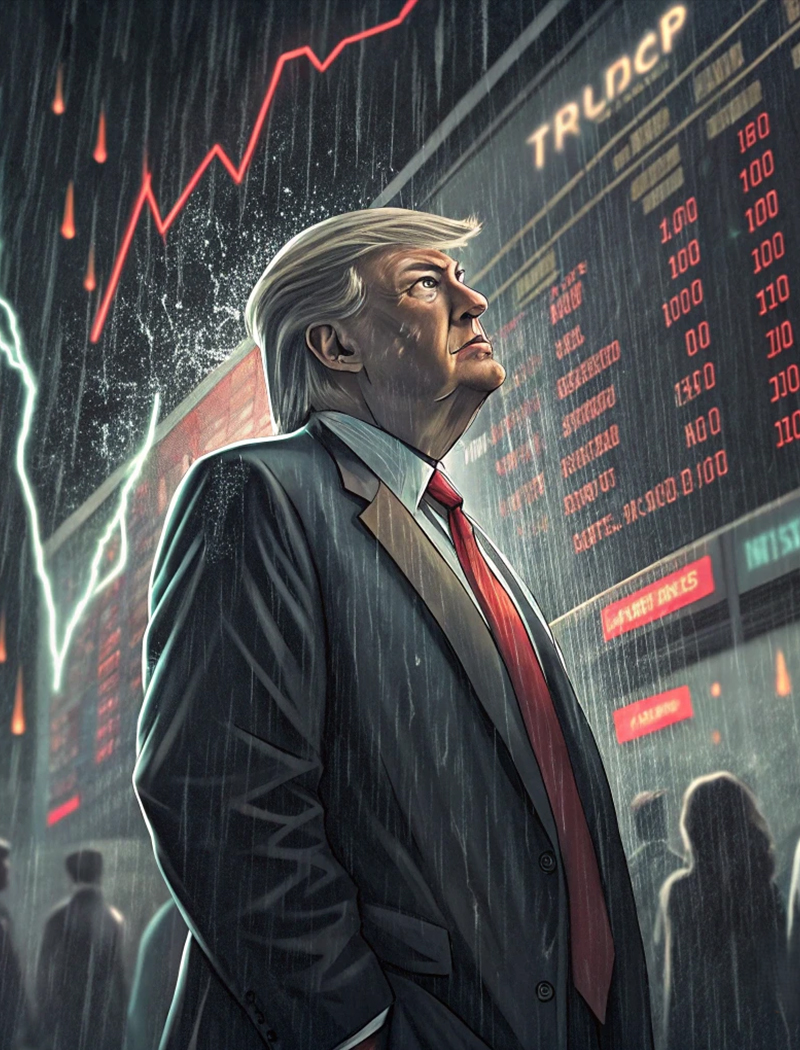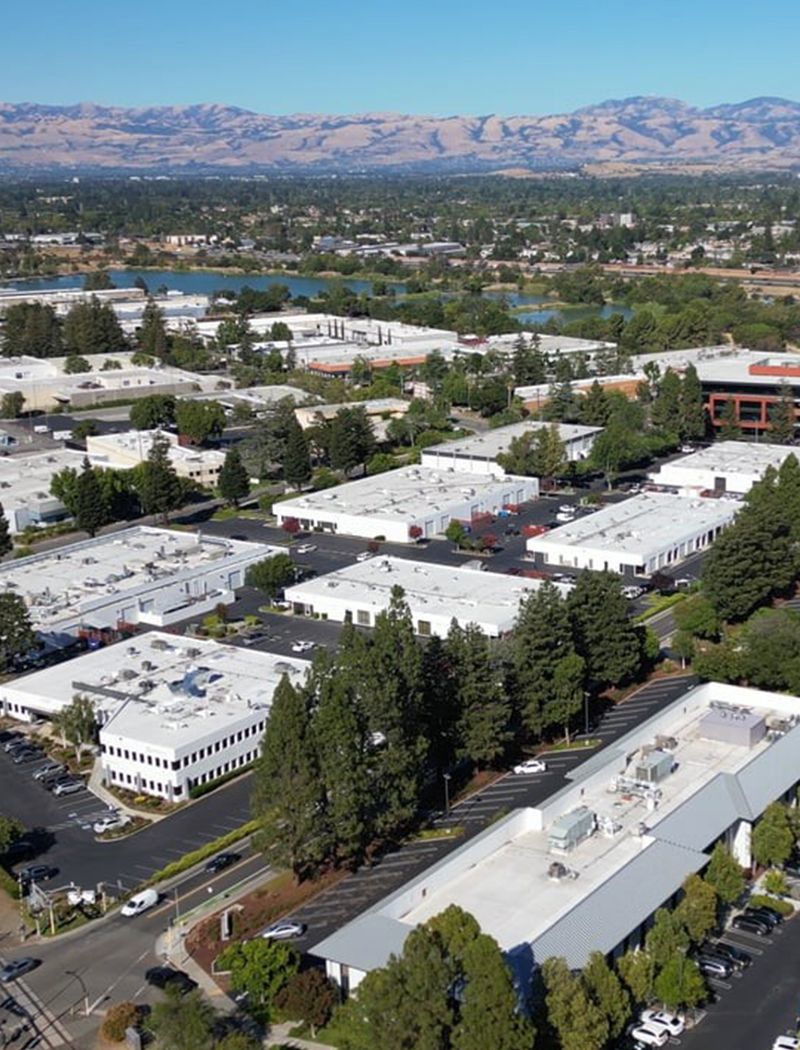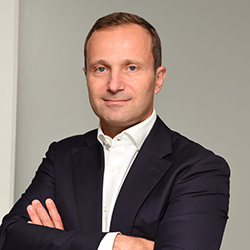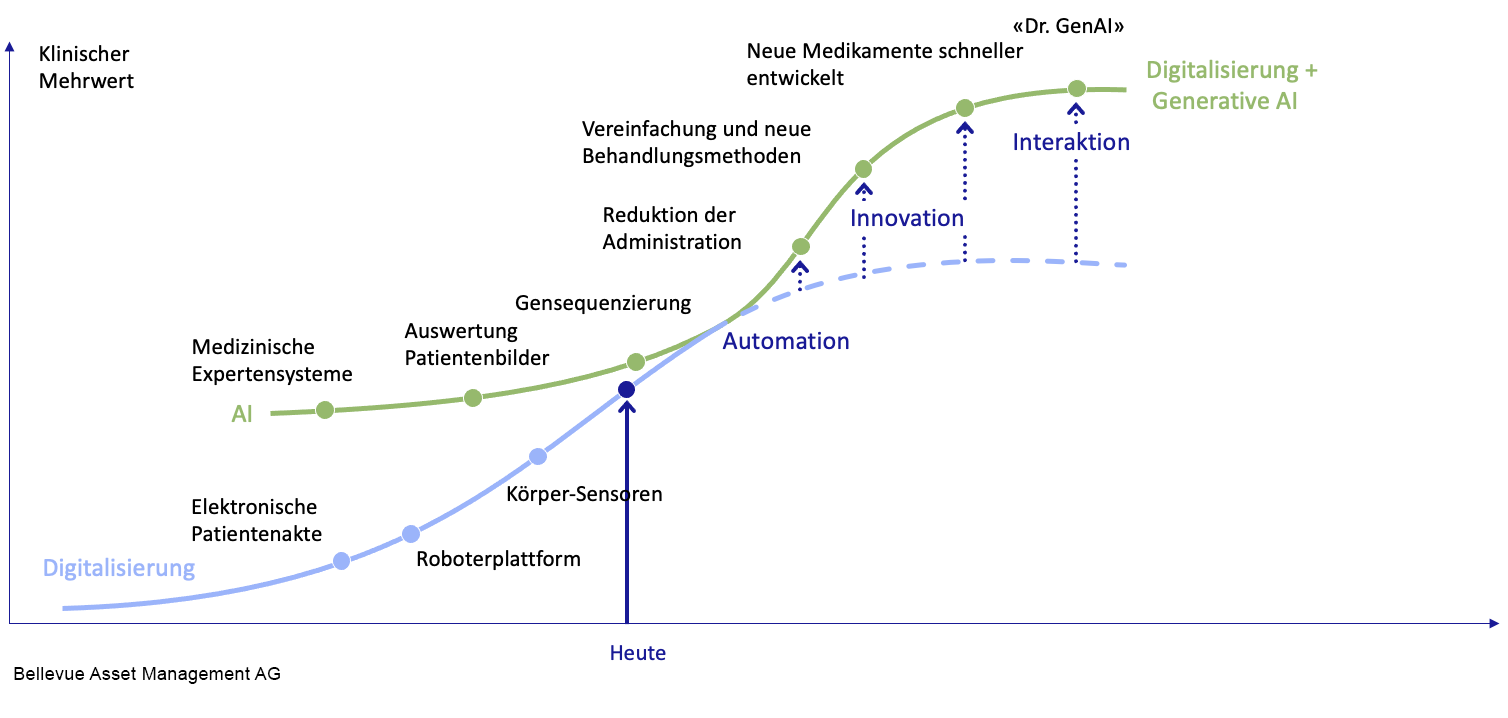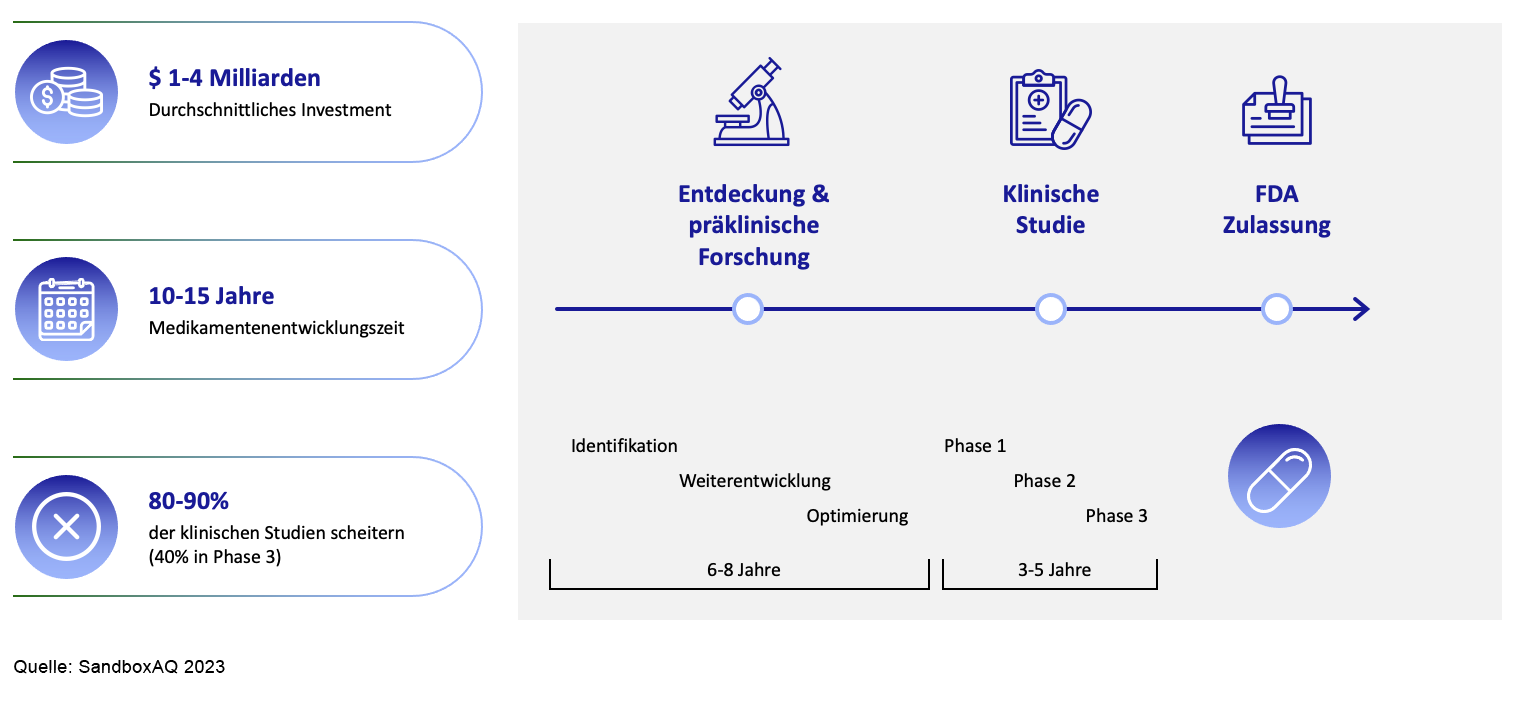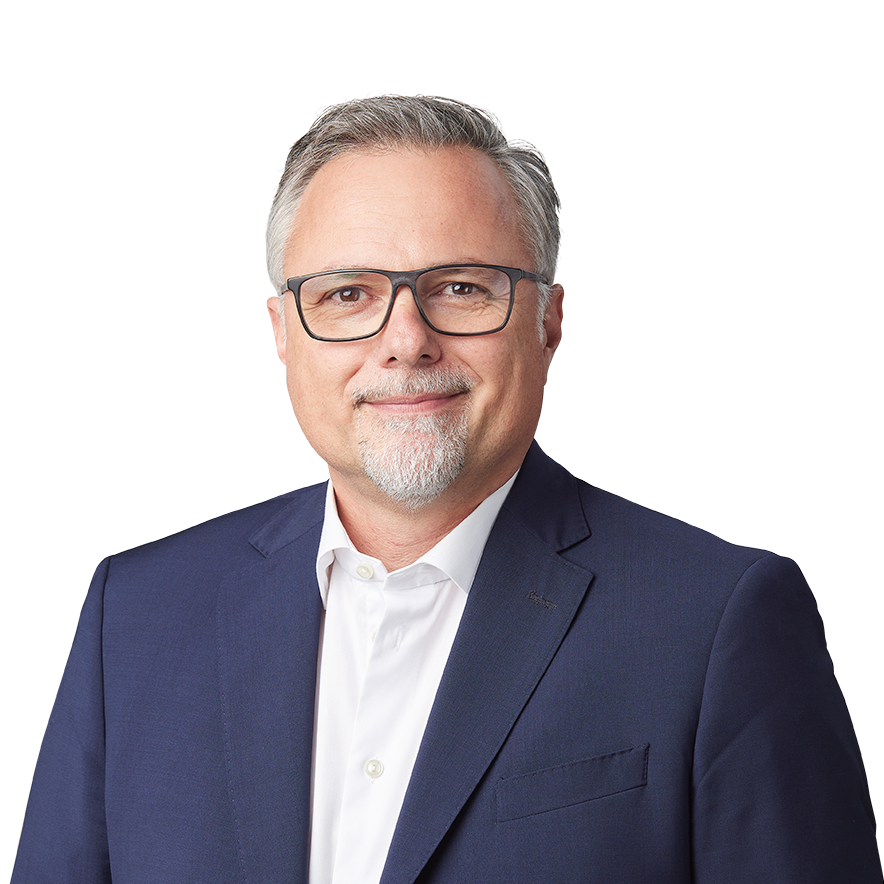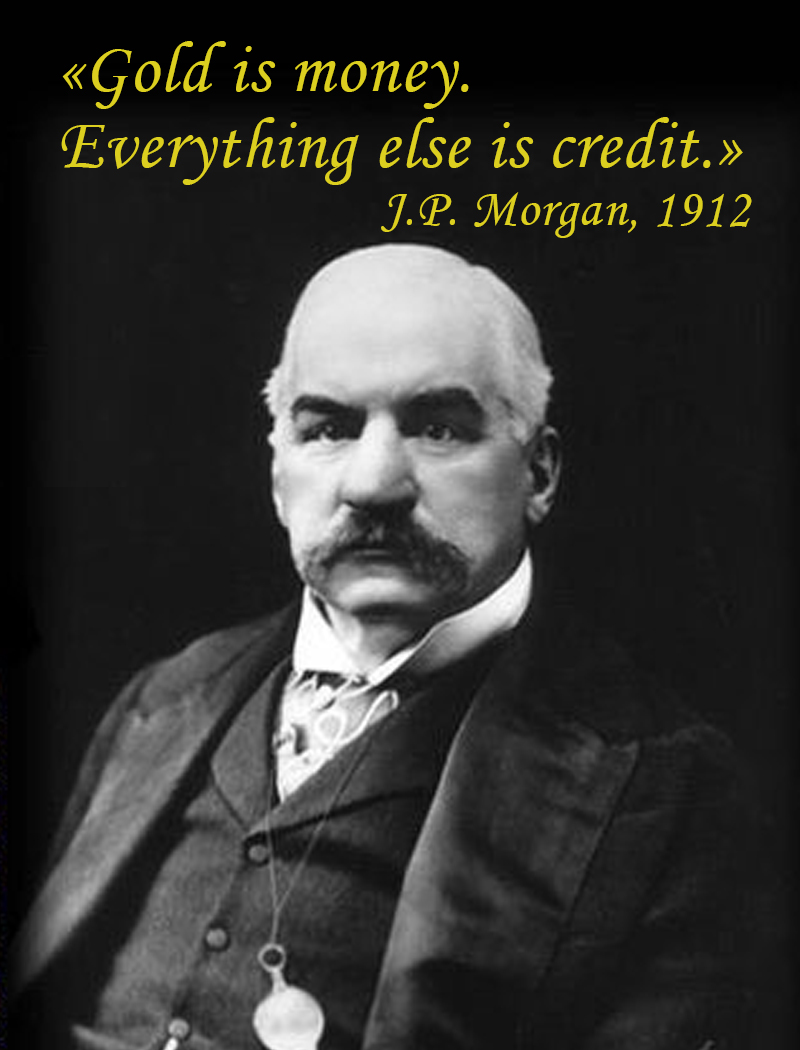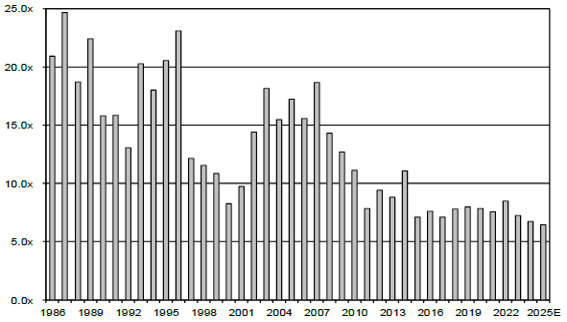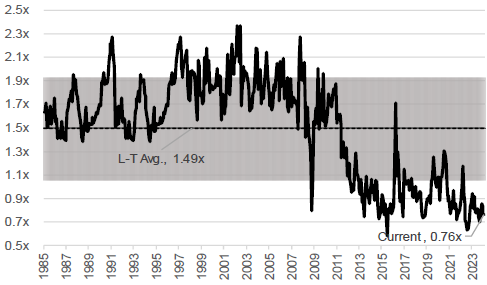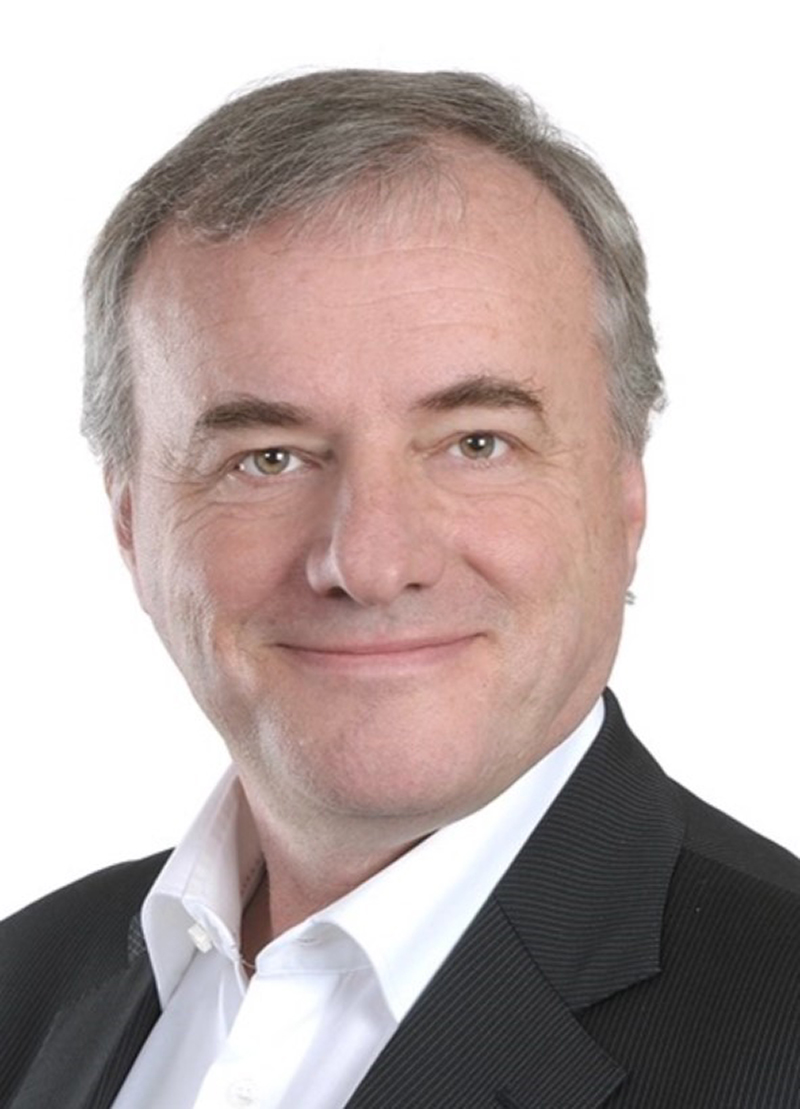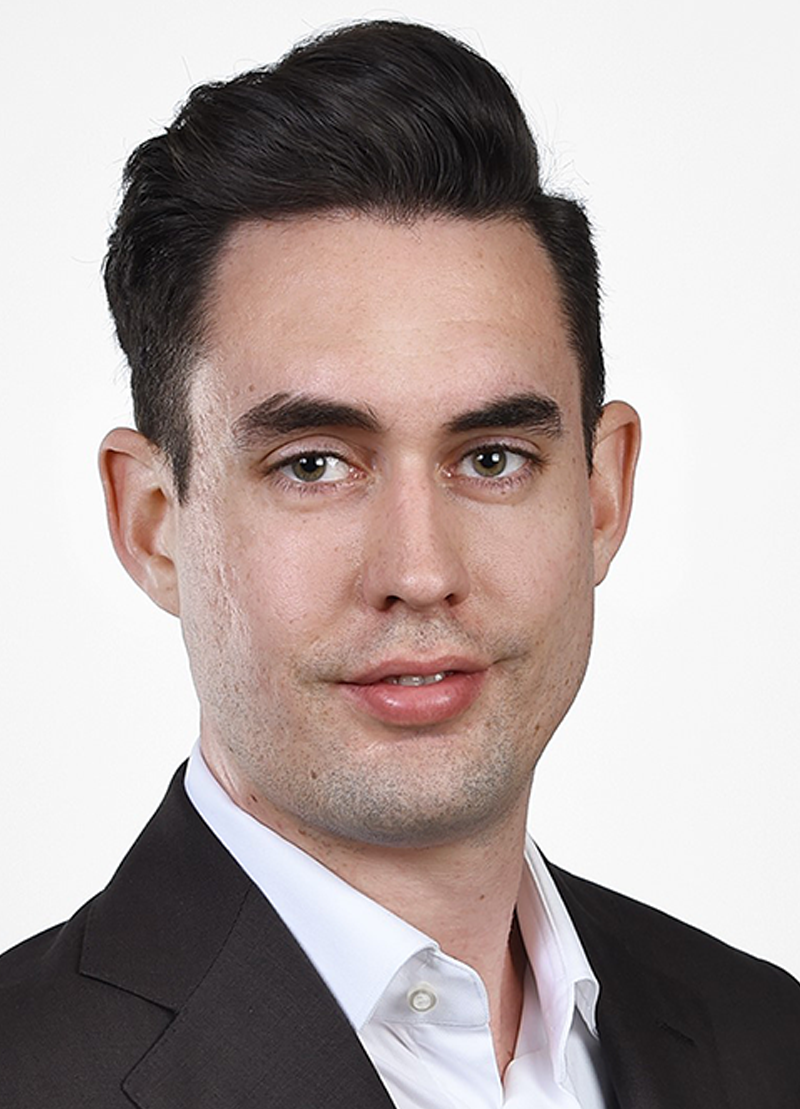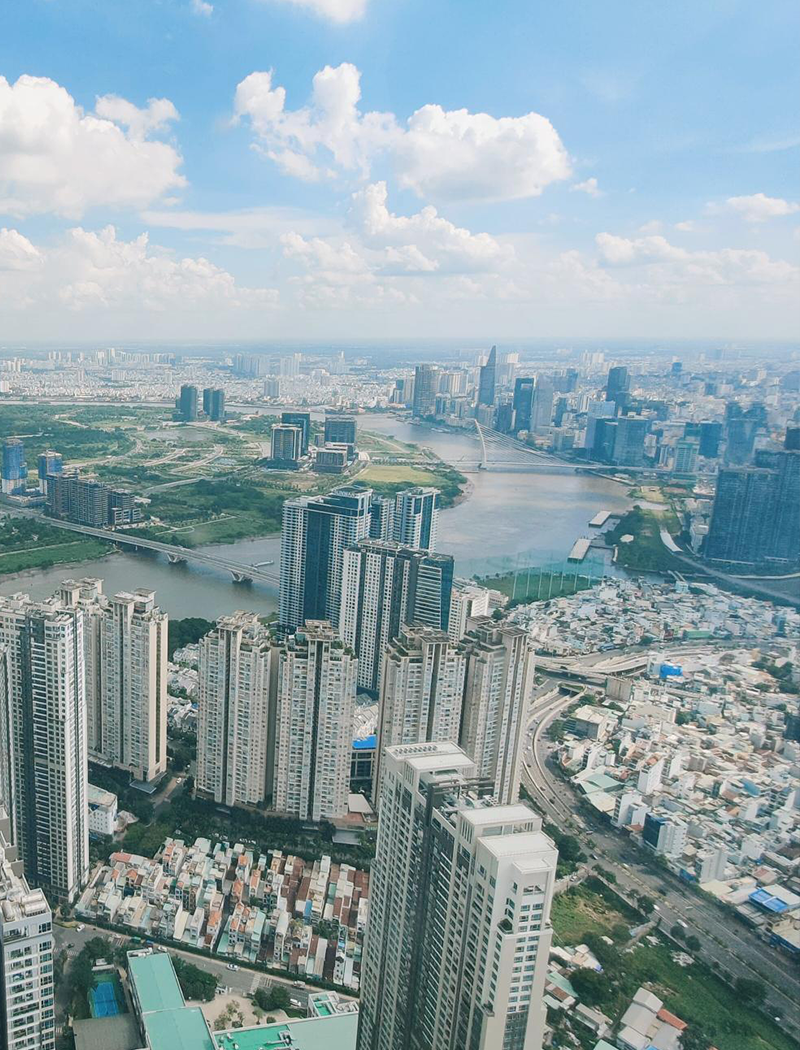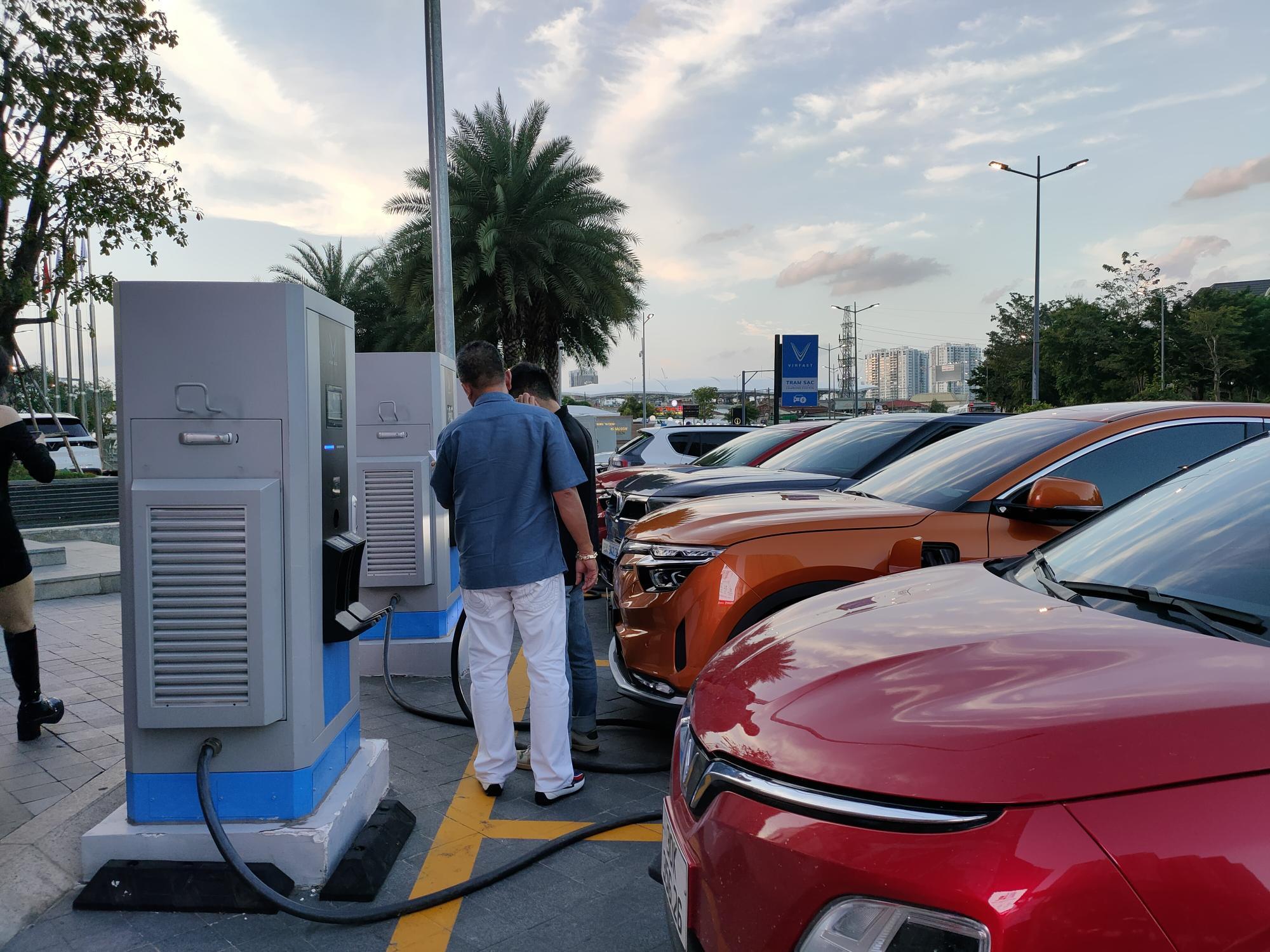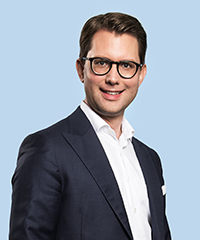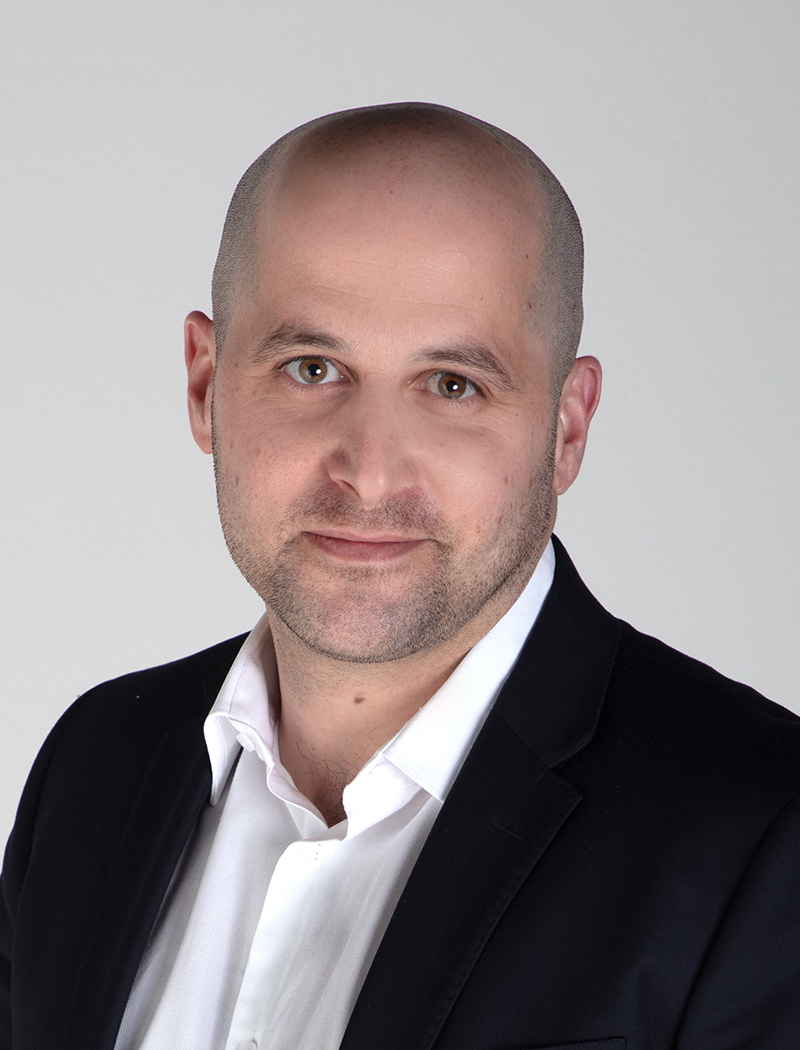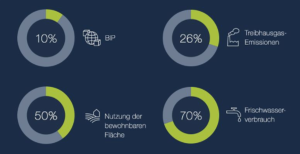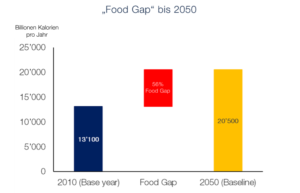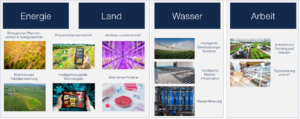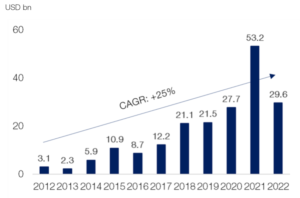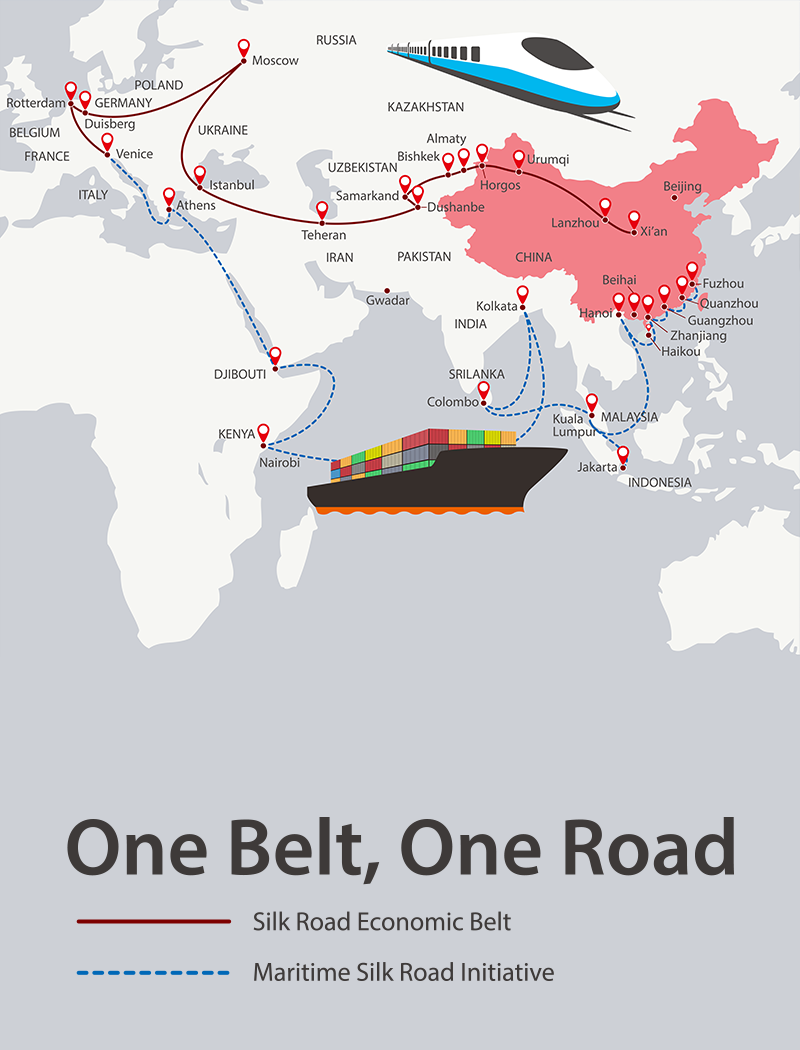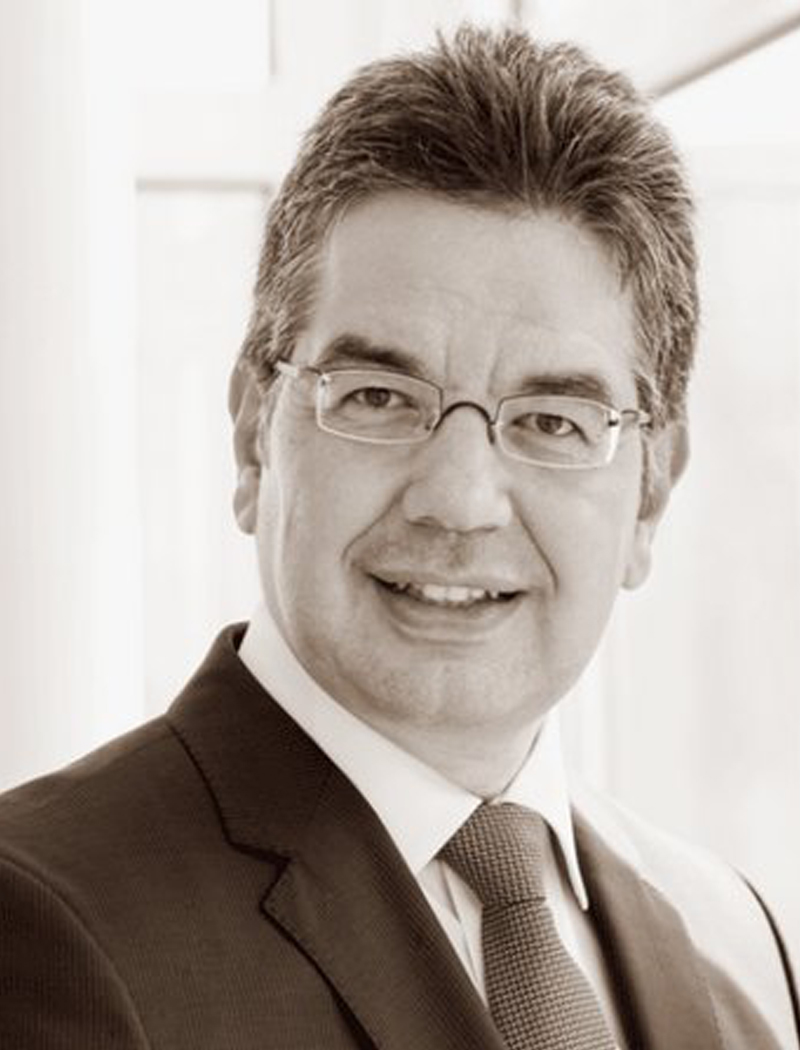Every life ends sooner or later. Dying makes heirs, or as the French are wont to say: “Le mort saisit le vif” – the dead seizes the living. Each and everyone will be affected by this at some point. Who inherits and what happens to the assets left behind is determined by law. However, a future testator can deviate from this by means of a testamentary disposition and make different arrangements for his or her estate. The framework to be observed in this respect is again determined by law.
The current Swiss inheritance law essentially dates back to 1912, which means that it is over 100 years old. Swiss inheritance law is now to be revised step by step and adapted to the requirements of modern times. A first part of the revision came into force on January 01, 2023.
Parents no longer have a compulsory portion
As of January 01, 2023, the parents of the deceased are no longer among the heirs protected by the compulsory portion. However, they remain legal heirs if the deceased did not leave any descendants (children, children’s children, etc.). Until December 31, 2022, the parents’ compulsory share entitlement was half of the statutory inheritance entitlement.
If the testator dies unmarried and without descendants, the parents inherit the entire estate, unless there is a contrary disposition. The father and mother who have predeceased the deceased are replaced by their descendants, i.e. the siblings and sibling children of the deceased. If these are also absent, the inheritance passes by law to the grandparents or, in the case of predecease, again to their descendants, thus to uncles, aunts, cousins of the deceased. The revision of the law does not change the previous regulation.
In addition to a spouse, the parents of a deceased without children inherit a quarter of the estate by operation of law, unless otherwise provided. The revision of the law does not change the previous regulation.
However, as a new feature, the inheritance entitlement of the parents can be completely waived and cancelled by a disposition of death, i.e. by a will or a contract of inheritance. In estate planning, therefore, the parents’ previous entitlement to a compulsory portion no longer has to be taken into account.
What does this mean in practice?
If the decedent left neither a spouse nor descendants by December 31, 2022, but did leave his or her parents, they had to be taken into account with half of the estate. If he or she left a spouse, the parents still had to be taken into account with one eighth of his or her estate. Since January 01, 2023, the testator or testatrix can exclude the parents from the inheritance and dispose otherwise. There is no longer any risk of contestation.
But beware: without a disposition upon death, the statutory law of succession continues to apply. If the parents are to be excluded from the inheritance, this must be done by means of a will or inheritance contract.
Reduction of compulsory portions for descendants
By law and without a contrary disposition, children receive the entire inheritance in equal shares if they are not required to share with a surviving spouse of the deceased or the deceased. In addition to a surviving spouse and in the absence of a contrary disposition, the children receive half of the inheritance by operation of law.
Since January 01, 2023, the descendants’ entitlement to a compulsory portion is now half of their statutory entitlement to the inheritance. Prior to the revision, this compulsory share entitlement was three quarters of their statutory inheritance entitlement.
This reduction in the compulsory portion is a central point of the law revision. It allows significantly more room for maneuver in estate planning. The reduction in the compulsory portions to be taken into account means that the freely available portion is now at least half of the estate.
Compulsory portion claim in divorce proceedings
The compulsory portion entitlement of the spouse or registered partner remains unaffected by the revision and thus unchanged. It continues to amount to half of the statutory inheritance entitlement.
However, the claim to the compulsory portion now already expires if divorce proceedings are pending or if the couple has lived separately for at least two years. Previously, this was only the case after the couple had been legally divorced or the registered partnership had been dissolved.
Prohibition of making gifts after concluding an inheritance contract
By concluding an inheritance contract (for example, between spouses and descendants), the contracting parties may, for example, provide for waivers of inheritance and beneficiaries. Until December 31, 2022, the contracting parties could continue to freely dispose of all their assets despite the conclusion of an inheritance contract.
As of January 1, 2023, this freedom of disposal has changed to an actual prohibition of gifts: Now, after the conclusion of an inheritance contract, all gifts are in principle contestable, unless they are occasional gifts and unless the inheritance contract explicitly allows such gifts.
Do existing wills / inheritance contracts have to be adapted?
The new law applies if the testator dies after December 31, 2022. The applicable law is determined solely by the date of death. The revision of the law does not provide for any transitional arrangements.
It is advisable to review wills and inheritance contracts that have already been drawn up and to make adjustments if necessary. Does a will / contract of inheritance clearly state whether the old or new law rules on the compulsory portion apply? Does the content of the deed still correspond to the will of the person or persons making the disposition (and with regard to the new legal regulations)? If not, an amendment or supplement to the document should be considered.
Practical example:
A married couple has no common children. The husband has two children from his first marriage. The wife’s parents are still alive. The couple would like to maximize their beneficiaries and have already made a testamentary disposition some time ago. Due to the revision of the law, the beneficiary status can now be improved.
The wife can now appoint the husband as sole heir.
1) I hereby cancel all wills made to date in their entirety.
2) From my estate assets, all outstanding liabilities are to be paid in advance and an appropriate amount is to be secured for the funeral.
3) I appoint my husband ……………, born on …….., as universal heir for my entire estate.
4) If I die after my husband …………… or at the same time as him, such that he cannot inherit me, the intestate succession shall apply.
The husband can newly give three quarters of the estate to the wife.
1) I hereby cancel all wills made up to now in their entirety.
2) From my estate assets, all outstanding liabilities are to be paid in advance and an appropriate amount is to be secured for the funeral.
3) I set my children …………………………….., and ………………………………, on the compulsory portion provided by law. I allocate the available quota of my estate to my wife ……………… in addition to her statutory inheritance entitlement. She thus receives three quarters of my estate.
4) If I die after my wife ……………… or at the same time as her, such that she cannot inherit me, the statutory succession shall apply.
Corporate succession – an outlook
As of today, no civil corporate inheritance law exists in Switzerland, in contrast to the rural inheritance law. However, legal changes are planned. In June 2022, the Federal Council adopted a dispatch for the attention of the Federal Assembly. What could be in store for us in the future?
If the decedent leaves a business, that business could in future be assigned to an heir as a whole and upon request. To date, this has been practically impossible due to the legal regulations. As a result, the business must be sold and the proceeds divided among the heirs.
If the business is taken over by an heir, the heir must generally make compensation payments to the other heirs. The draft law provides for a deferral of payments for this purpose. In this way, the takeover of a company would in fact be possible in the first place without the acquiring party getting into considerable financial difficulties.
Finally, it is planned to base the takeover value on the market value of the company at the time of the lifetime transfer, and no longer on the time of the inheritance. This is intended to prevent the acquiring descendant from having to share with the other heirs any entrepreneurial profit that he or she has earned after the death of the deceased. Conversely, the other heirs do not have to share any losses.
Conclusion
The revision of inheritance law leads to more freedom in estate planning. Of course, more freedom also means more responsibility. However, the new possibilities can only be used during one’s lifetime. It is therefore never too early, but unfortunately often too late, to start thinking about your own estate.
The author, Simon Stemmer, is a lawyer and notary. In 2011, he founded the legal practice STEMMER – Advokatur & Notariat – in Liestal. He started his professional career at Swiss Bank Corporation, Basel, in the area of inheritance. This was followed by positions as a lawyer at the Federal Office for Housing, as a notary and land registry administrator at the Canton of Basel-Landschaft for many years, and as head of real estate contracts at the staff of the ETH Board, Zurich.
